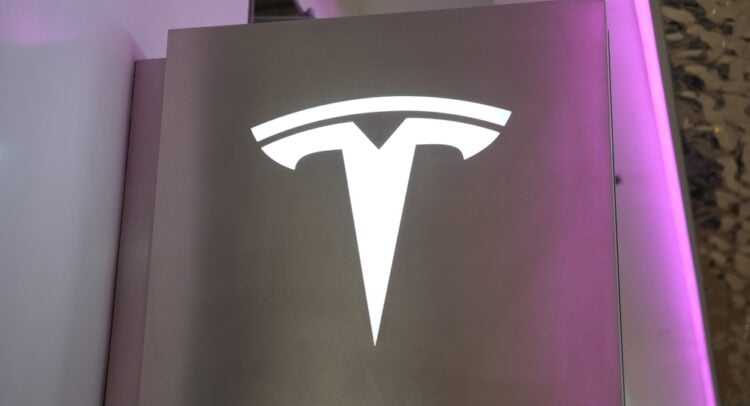It is astonishing to see how many economists are predicting Armageddon just because they don’t like Donald Trump. This week, it has been impossible to escape reports that the global financial system is about to crash. People who used to be very complacent about quantitative easing, or the debt build-up that has been going on in the US and France for some years, are now suddenly very concerned. A MarketWatch headline this week asked: “Why do so many economists fear a 1929-style crash?” Similarly, Project Syndicate ran a piece titled: “The Coming US Financial Crisis”.
One of the reasons European commentators in particular were so cocky about Trump’s tariffs was that they were certain the financial markets would force the US President to chicken out. That’s not quite how it’s gone though. It’s true there are warning signs, but they are not as clear as they were in 2008 and 2012. It appears this time may be different. AI is the first technology of the digital age with the capacity to increase economy-wide productivity in the countries most likely to use it, and this may yet avert catastrophe.
Andrew Bailey, the Governor of the Bank of England, is concerned about the market in US private debt — and rightly so. But this has to be put in perspective. The total size of the private credit market in the US was put at $1.34 trillion by the Federal Reserve in 2024. There is a growing exposure of banks that warrants the attention of regulators. But they are indeed paying attention. Bank exposures are approximately $300 billion, a number that has been going up too quickly, but this is not subprime.
Recently, we saw the collapse of Tricolor Holdings, a subprime lender, and of First Brands, an auto parts supplier, and there may well be more. The problem with subprime in 2008 was not the bubble as such, but the global exposures to it, and the interconnectedness of those that were exposed. The collapse of an unsustainable credit market is not itself a problem.
There is, however, a more imminent danger to investors. This stems from high equity valuations, certainly in areas such as AI and quantum computing. Shiller’s CAPE index, an inflation-adjusted price-earnings-ratio, is at 40, just shy of the all-time record of 44 at the height of the dotcom bubble. The bursting of that bubble was one of the healthiest things to happen to the global economy because it came with creative destruction. Today’s tech giants only became as big afterwards; dotcom itself never crashed.
The same will be true for AI. As with dotcom in 2000, there is a lot of fog around the future of artificial intelligence, including some very bad takes by otherwise very smart people. A recurring theme is the ill-informed idea that AI will ultimately prove self-defeating. Large language models are only stealing other people’s information, and eventually feed on their own stories — so the story goes. Of course, this is absolutely not how it works. Certain experts made similar misjudgments about cryptocurrencies, never bothering to understand how they work and why they work.
AI will produce large macroeconomic gains by industrial companies most likely to profit from it. If that happens, there will unfortunately be a mass displacement of workers. The biggest danger to some of the AI stocks is radical innovation within the sector itself. Improved algorithms, for example, could render electricity-gobbling data centres obsolete. Chances are that, eventually, some innovation will have a huge impact, like the Fast Fourier Transform did in the Sixties. When that happens, it is not a question of whether AI is a bubble, but which part of the industry is obsolete.
This is an edited version of an article which originally appeared in the Eurointelligence newsletter.
First Appeared on
Source link













